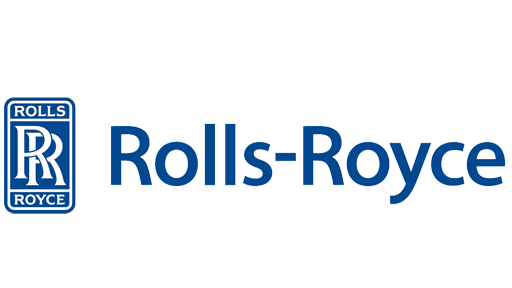
Rolls-Royce is to reduce its world-wide workforce by 2,600 – approximately five per cent of its 55,200 worldwide total of employees, of which 17,000 are engineers – and mainly in the Aerospace division’s UK facilities, over the next 18 months.
While previous announcements this year have been received poorly by the London Stock Market, Tuesday’s statement about additional headcount reductions ‘as part of an intensified programme to improve operational efficiency and reduce costs across the Group’saw shares rise by as much as 4.1 per cent, closing up 1.6 per cent at £8.48. The reductions will include engineers, as well as managerial, operational and administrative positions.
The Group anticipates incremental restructuring costs of around £120 million over the next two years, resulting in annual cost benefits of around £80 million.
Rolls-Royce said Tuesday’s (November 4) announcement was consistent with its October 17 announcement when it committed to accelerate progress on the 4Cs: Customer, Concentration, Cost and Cash – particularly Cost. It said then that it was evaIuating job cuts after forecasting that revenue would fall again in 2015 following an anticipated decline this year as a slowing economy prompted clients to delay orders, and sanctions over the Ukraine crisis stalled Russian deals. It also said that it will continue to pursue cost improvements in all areas, including the Land & Sea division.
Chief Executive Officer John Rishton said the company “will work closely with employees and their representatives to achieve the necessary reductions on a voluntary basis where possible, while making sure we retain the skills needed for the future.”
Two-thirds of the 2,600 job cuts will, it is anticipated, come in the UK, where almost half – 24,800 – of the total workforce is employed. The main Aerospace facilities are in Derby and Bristol.
However, the Group has also confirmed that there will be job losses at its US facility in Indianapolis, where 4,500 workers are employed on civil and defence programmes.
The company highlighted its continued investment in technology and new capacity which, with the organisation of the Group into the Aerospace and Land & Sea divisions, have increased output and improved efficiency.
Rolls-Royce said that engineering requirement required for the development phase of the Trent 1000 for the Boeing 787 Dreamliner and the Trent XWB for the Airbus A350 was now reduced as both programmes have entered their production phase.
The opening of new facilities such as Crosspointe in the USA, an advanced manufacturing centre, and two in the UK. ‘set new standards in productivity and efficiency and allow the competitiveness of our footprint.’ The new UK facilities are the Advanced Blade Casting Facility in Rotherham, Yorkshire, and an Advanced Aerospace Disc Manufacturing Facility in Washington, Tyne and Wear.
John Rishton added: “We are taking determined management action and accelerating our progress on cost. The measures announced will not be the last, however they will contribute towards
Rolls-Royce becoming a stronger and more profitable company.”
In another announcement, Rolls-Royce said its Chief Financial Officer Mark Morris was leaving after 27 years with the company. He is being replaced by David Smith, who joined Rolls-Royce earlier this year to become CFO of the Aerospace business.
Martin Brodie had a career of nearly 30 years in aerospace with Rolls-Royce plc, where he held senior positions in the Corporate Communications team, covering military and civil aerospace, and in the headquarters office in London. Before joining Rolls-Royce, Martin spent a decade as a journalist wit
Commentaires